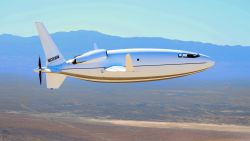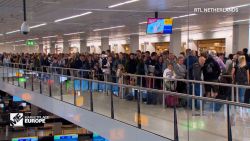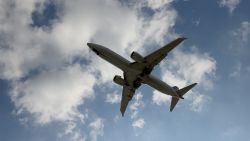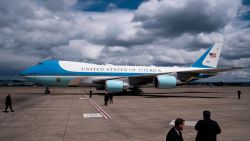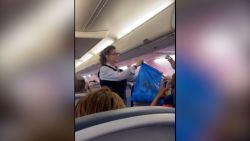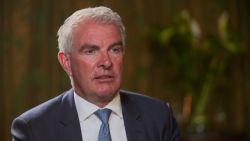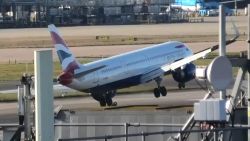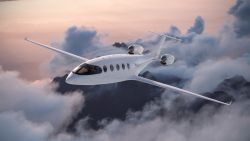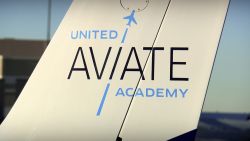The coronavirus pandemic has forced even the biggest airlines to ground planes, slash jobs and bolster their finances to survive the worst crisis in aviation history. A full recovery is still years away, but a handful of gutsy CEOs think now is the perfect time to launch new carriers.
“We wouldn’t [be launching] without the pandemic,” said Tonje Wikstrøm Frislid, CEO of the Norwegian low-cost startup Flyr.
Flyr, which is planning its first flight in the coming months, is not alone. Flypop, a UK startup that wants to offer low-cost long haul flights, is preparing for takeoff this year, along with Breeze Airways, the latest offering from serial airline entrepreneur David Neeleman, who founded carriers including JetBlue (JBLU), Azul (AZUL)and WestJet.
The upstarts are betting that the failures and cutbacks suffered by other airlines during the pandemic have opened new areas of opportunity. They’re also hoping to score huge discounts on aircraft from desperate suppliers, and to have their pick of pilots, air crew and support staff.
“A pandemic is the best time to start an airline because your costs are so low,” said Flypop CEO Nino Judge. “Everything’s half price — you name it, it’s half price.”
Still, much depends on the timing of the recovery. The pandemic has hobbled the aviation industry, with global passenger traffic dropping by 94% at the peak of lockdowns last April, according to the International Air Transport Association (IATA).
Travel restrictions imposed by governments coupled with the huge amount of cash airlines have burned to keep going — which IATA estimated at $140 billion between April and December 2020 — had dramatic consequences. Almost two dozen airlines with fleets of more than 10 aircraft ceased operations in 2020, roughly double the number of failures in a typical year. Flybe, SunExpress Germany, LATAM Argentina and Tigerair Australia were among the victims.
In the best case scenario, passenger traffic will recover to 50% of its previous levels in 2021, according to IATA. But new coronavirus variants and a slow vaccination rollout would result in annual traffic reaching just 38% of 2019 levels, the industry body has warned.
“It doesn’t look the greatest time to start [an airline],” said John Strickland, an independent analyst at JLS Consulting. “We don’t know when recovery will come. We don’t know exactly what the world is going to be like … it’s just tremendously high risk.”

Low costs
Aircraft are one of the biggest costs for airlines, and they’re very cheap at the moment. That’s because a “number of aircraft — brand new off production lines — are not going to be delivered anytime soon. This means there are opportunities to acquire aircraft at extremely good prices,” Strickland told CNN Business.
Flypop is paying up to 50% less to lease its Airbus A330s compared to competitors in the long-haul market, Judge said. Breeze and Flyr said they are also taking advantage of 40% to 50% price cuts on aircraft leases due to the pandemic.
Cheap aircraft are a big incentive for potential investors. “There will no doubt be opportunities for airlines with different business models offering something new,” particularly if airlines can acquire new aircraft at a low cost, said Elise Weber, the co-founder of aviation database Skytra.
New airlines also have an advantage because they have little debt, meaning cost savings get passed directly onto the passenger, according to Judge.
By getting cheap aircraft you’re putting yourself “miles apart from your competition,” said Strickland.
“But just because there are many cheap used and new aircraft available it doesn’t mean that you should go get them — you then still have to have a good business plan and there’s got to be a market rationale for what you’re doing,” he added.

Market opportunities
Business travel may never fully recover, but experts say two types of passengers could return relatively quickly: leisure travelers and people visiting friends and relatives, known as the VFR sector in the industry.
Weber told CNN Business the market focus “is on short-haul over long-haul,” with quick flights expected to be “less encumbered by the restrictions of different countries, and driven by people looking for affordable, low-risk holidays or domestic flights to see family.”
Neeleman, of Breeze Airways, said his airline will target leisure travel in the United States, with a focus on “hub-busting” — providing direct flights on routes that currently require a connection.
Flyr will focus on the Norwegian family and leisure market, while Flypop aims to attract people traveling between the United Kingdom and South Asia.
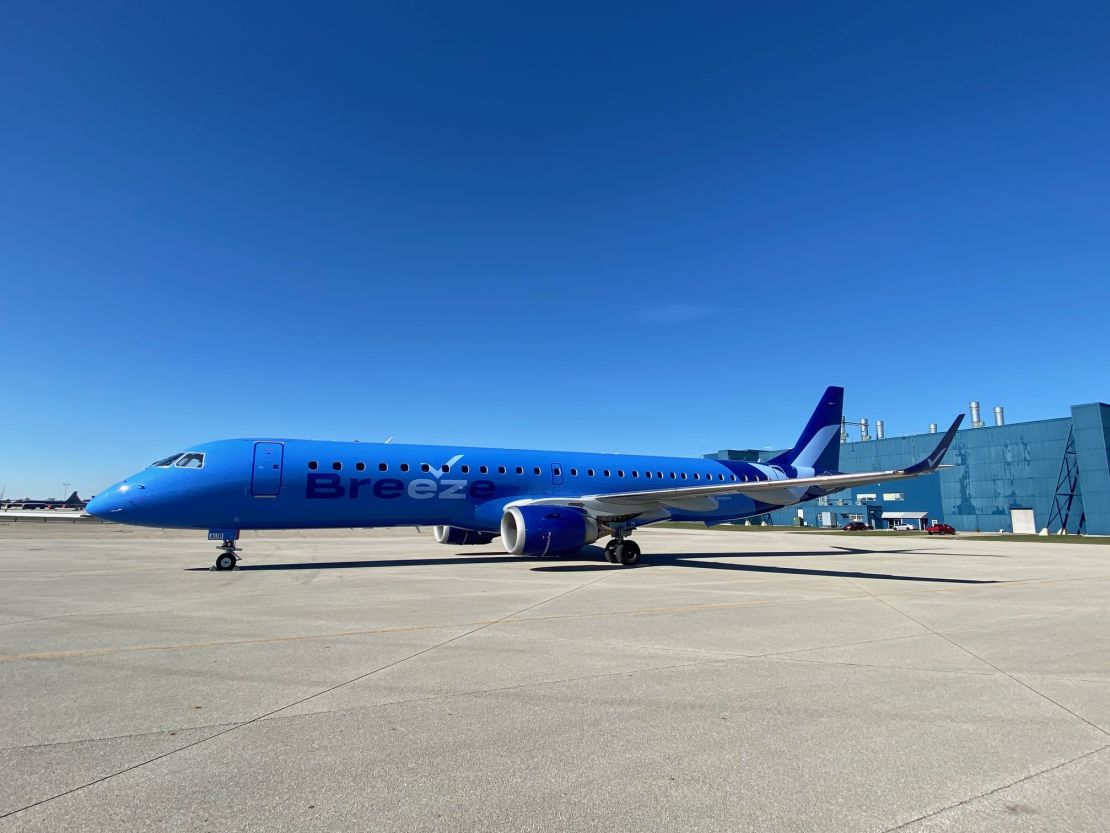
In 2020, airline failures took over 600 aircraft out of operation around the world, leaving big gaps in service. In the United States, many small and medium sized markets have lost nonstop services to desirable destinations, said Neeleman, creating a gap in the market.
The key is finding those opportunities. If a new airline tried to compete directly against a company like Ryanair (RYAAY), Europe’s biggest low-cost carrier, “you probably know which one is going to come off as a survivor,” said Strickland.
Available workforce
Many existing airlines have undertaken drastic cost cuts to repair their balance sheets. This has meant many pilots, cabin crew and executives have found themselves out of work.
For new airlines, this means they can hire an experienced workforce, without any hassle and at a fraction of the price.
“We’ve got some really senior staff,” said Flypop’s Judge. “To get [them out of previous contracts] would have cost me a fortune previously, those costs are half of what I would have had to pay.”
The most important thing for the upstarts will be a sound business model, good luck and even better timing.
“An airline that [has] liquidity and the aircraft, and a really well-defined business plan” could be successful, said Strickland.


